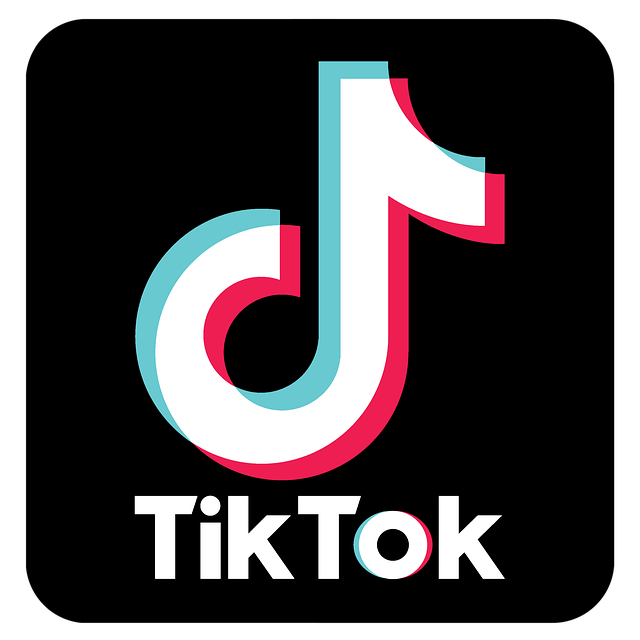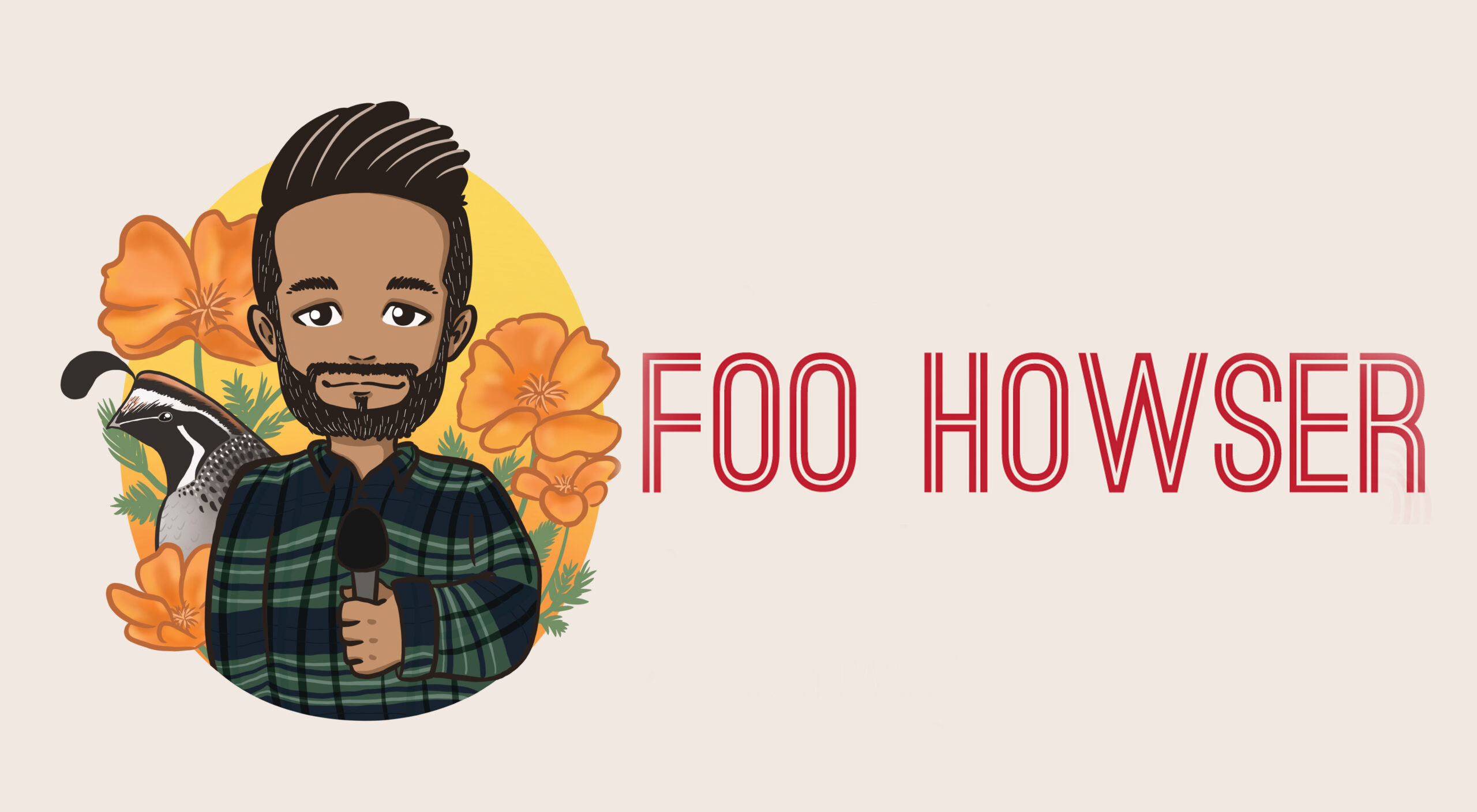I collaborated with the homie Eric from The South L.A. Recap on this video.
At the southwest corner of Western Ave and 31st St, there is an apartment building with a very interesting feature. Drivers zoom past this building without realizing that a piece of history is embedded in this building; this small feature in the corner of the building is the site of the 1st Fatburger, A Los Angeles fast food institution.

In 1947, Lovie Yancey opened burger stand called Mr. Fatburger with her partner Charles “Suitcase” Simpson to capitalize on the growing popularity of hamburgers. They used leftover materials from Simpson’s construction job to build a 3-stool, walk-up burger stand. They called it Mr. Fatburger because Yancey thought the name was the perfect description for her big made-to-order and customizable burgers, that were always prepared with fresh ingredients and all the trimmings. The epitome of the jazz slang word “fat,” which didn’t just describe something as large, but also deluxe.
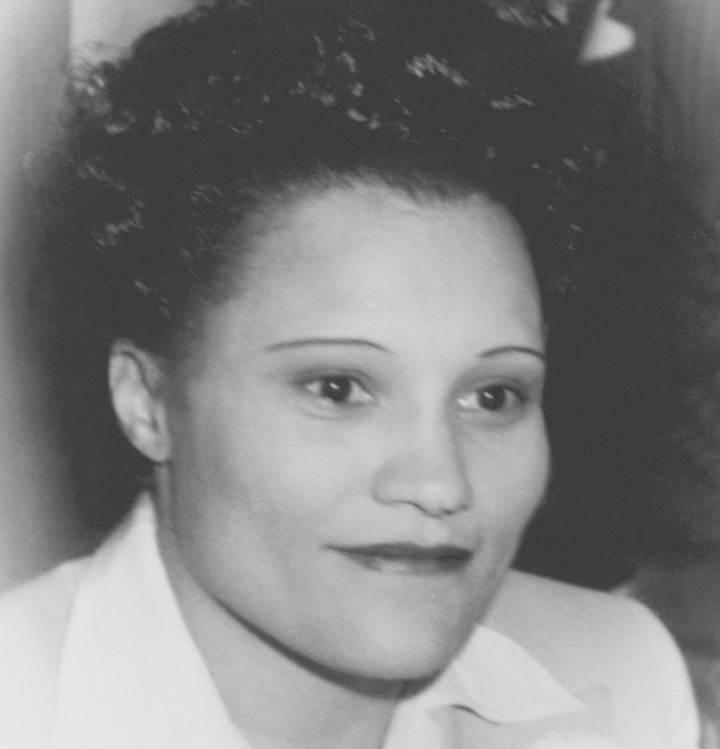
The hamburger stand started with regular business hours, but soon became a 24 hour operation capitalize on the neighborhood’s night shift and early morning manufacturing workers, and the musicians that performed in nearby jazz clubs such as Club Oasis and California Club.
In those first few years, Lovie and an assistant would work the daytime shift while Charles and his sister took over the night shift after a day of working his construction job.
In 1952 Yancey and Simpson ended both their professional and personal relationship and divided up the business, which by then had grown to 4 restaurants. Yancey only retained the original stand on Western and dropped the “Mr.” From the name.
Yancey’s continued to find success with the original location; her stand stood in contrast to other places in L.A. that mostly catered to white college students or were not friendly to African-Americans. She continued to operate it 24 hours, 7 days a week, with often putting in 18 hour shifts. In addition to the regulars from the neighborhood, she also counted stars like Ray Charles, James Brown, and Red Foxx among her customers.

Wanting to expand her Fatburger’s footprint in L.A., Lovie found a former hot dog stand near the corner of Burton Way and La Cienega Blvd in Beverly Hills and opened her 2nd location in 1973. Now being closer to the homes of her celebrity clients, it wasn’t unusual to see the parking lot filled with limos or to see Johnny Carson or Elizabeth Taylor grabbing a Fatburger after an award show.
Yancey started selling franchises of “The Last Great Hamburger Stand” in 1981 and by 1985 there were 32 locations total, 4 of which were company owned and was named number 5 fastest growing burger franchise by Entrepreneur magazine. “I don’t worry about McDonald’s, Burger King, or Wendy’s” Yancey said during an interview with The Wave newspaper in 1985. “They may be more popular, but a good burger sells itself, and I don’t think anybody makes a good a hamburger as we do.”
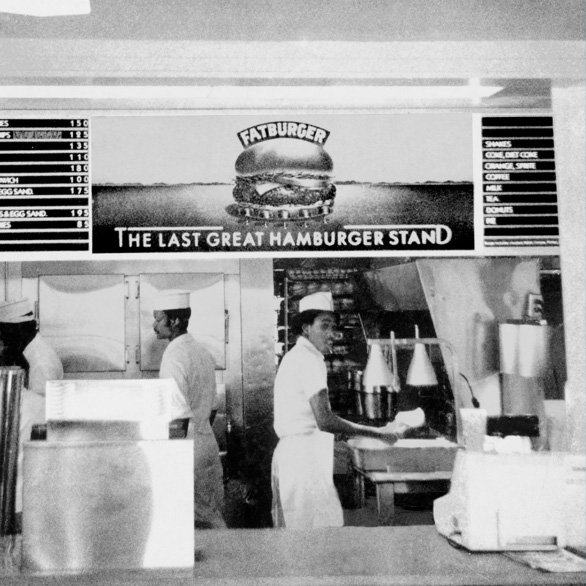
Those good hamburgers soon attracted an investment group, led by Island Records founder Chris Blackwell, that bought Fatburger from Lovie Yancey in 1990 and formed the Fatbuger Corporation. Yancey retained ownership of the original stand and the 2nd location, which her daughter, Gwen Adair ran for several years. As far as tenacity, the apple did not fall far from the tree. Apart from restauranteur, Gwen was also an actress—she was a regular on M.A.S.H. and she was also one of the 1st female boxing referees.
The newly formed Fatburger Corporation focused on expanding and opened locations shortly after in Las Vegas and by the end of 1997 had 29 locations with an ambitious plan of growing to 250 locations within 5 years.But, that zealous expansion didn’t materialize and Fatburger came close to being purchased by Restaurant Teams International in 1999. However, that sale has still not complete a year later, so in October 2001, Lakers great Magic Johnson in partnership with GE Capital Franchise Finances bought the franchise with a more modest expansion plan.
The plan was to have 100 new locations, with 80 percent of them being franchises, within the next 5 years in markets where Johnson’s Development Corporation already had an established presence, with included states like New York, Colorado, Texas, and Georgia. Magic’s involvement drew a great interest in the chain, but his time with the company was short-lived, as he sold the majority of his interest in chain in 2003; this was mainly due to the slow rollout of their expansion, only 3 new restaurants had been added during Magic’s tenure.
Fog Cutter Capital Group provided an investment group, led by president Keith Warlick, the financing needed to acquire a controlling interest in 2003. Warlick led the campaign to take the company national and opened stores in Florida, Pennsylvania, Gerogia, Louisiana, and New Jersey by 2004 and continued to grow, taking the brand international by opening the 1st franchise in Canada in 2005 and opening the 1st location inside a sports stadium in 2008.
2008 is also the year that Lovie passed away at the age of 96, and the property on which her original stand on Western stood was sold. It was never designated as a cultural historical landmark, but part of the sale included the stipulation that the stand must be rehabbed and incorporated into any new development. The builders way of doing this was to shoehorn the stand into the bottom corn of the building and placing a plaque, symbolically making stand the cornerstone of the apartment building, much like Fatburger was a cornerstone of fast food history, black entrepreneurship, and the culture of L.A. Yancey’s legacy went beyond her Fatburger Restaurants though, in 1986 after losing her grandson to sickle cell anemia, she created a $1.7 million dollar endowment at City of Hope hospital in his honor.
The chain has been named-checked in rap songs like Notorious B.I.G.’s “Going Back to Cali” and Ice Cube’s “It was a Good Day.”
Fatburger is currently owned by FAT Brands, who’ve rapidly expanded its footprint, but despite now having over 180 locations around the world, it’s still very much an L.A. institution. Of the 54 locations in California, over 20 of them can be found in and around the L.A. area.

So the next time you’re sitting down enjoying some Fat fries or trying to get your picture on the wall by taking on the XXXL Burger, make sure to pay your respects to Lovie Yancey, who deserves a place among the legends of fast food restaurants that originated in Southern California.
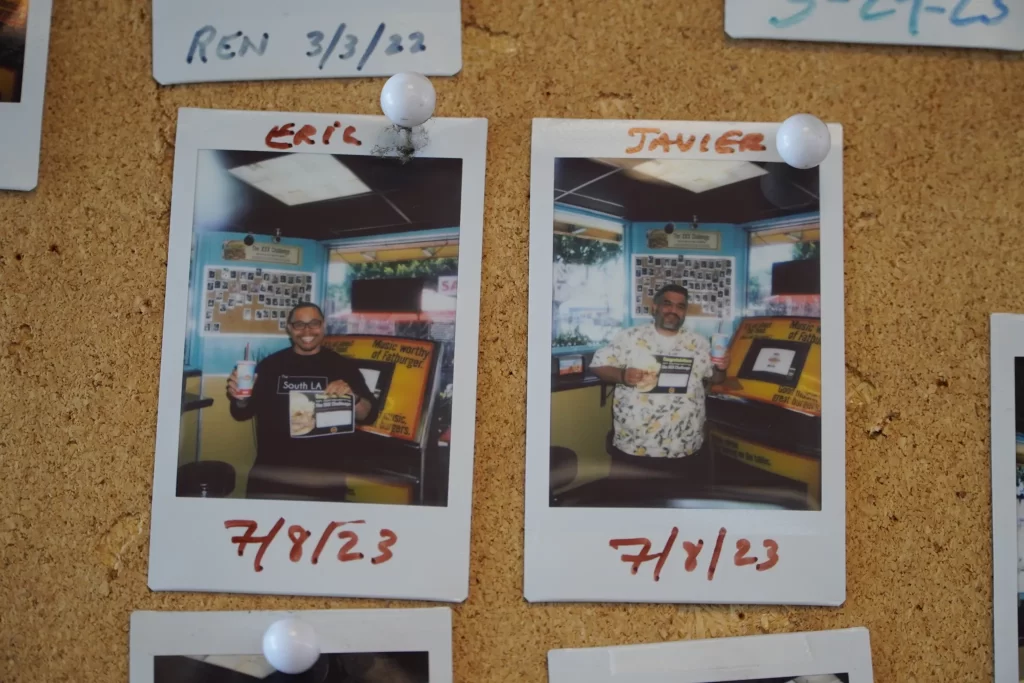
References:
“Made in California” by George Geary, pg. 114-117
“West Adams’ Original Hamburger Stand” West Adams Heritage Association. Jan-Feb 2009 No. 256, pg. 1 and 6-8.
“International Directory of Company Histories” Vol. 34. pg. 123-124.
“International Directory of Company Histories” Vol. 34. pg. 108-11
“Fatburger Founder Expanded South L.Al Eatery into Chain” by Dennis McLellan, The L.A. Times. Feb. 2, 2008.
